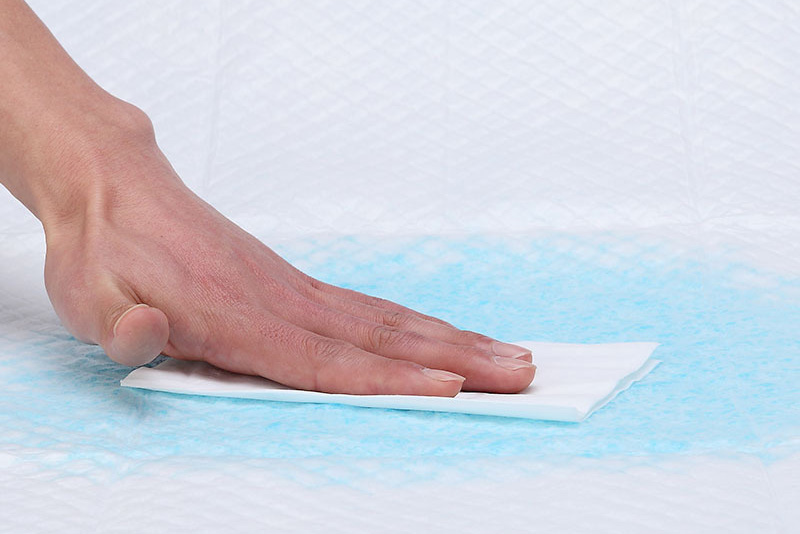Incontinence is a common challenge faced by many individuals, impacting their comfort, confidence, and skin health. Effective incontinence management is crucial for maintaining dignity and preventing complications. While various products exist, the humble underpad stands out as a simple yet highly effective tool. Often placed on beds, chairs, or other surfaces, underpads provide a protective layer that offers numerous benefits for individuals managing incontinence. Here are the top 5 benefits of incorporating underpads into your incontinence management strategy.
1. Keeps Skin Dry and Healthy
One of the most significant risks associated with incontinence is prolonged exposure of the skin to moisture. Urine and feces contain irritants that can quickly lead to skin redness, irritation, and ultimately, breakdown (such as dermatitis or pressure ulcers). Underpads are designed with absorbent cores that quickly wick moisture away from the skin and trap it within the pad. This helps to keep the skin surface drier, reducing the risk of maceration and maintaining the skin’s natural barrier function against irritation and infection. For individuals managing incontinence, keeping the skin dry is paramount for comfort and preventing painful complications.
2. Protects Surfaces from Damage and Odor
Incontinence episodes can damage mattresses, furniture, and flooring, leading to stains, odors, and costly replacements. Underpads provide a reliable waterproof barrier that prevents liquids from seeping through to the underlying surface. This protection is invaluable in preserving the integrity and lifespan of bedding, chairs, wheelchairs, and other furniture in homes, hospitals, and care facilities. By containing the mess, underpads also help to prevent lingering odors, contributing to a fresher and more pleasant environment for the individual and their caregivers.
3. Facilitates Easier and Quicker Cleanup
Managing incontinence can involve frequent cleanup. Underpads significantly simplify this process. When an incontinence episode occurs, the underpad contains the liquid, making it much easier and quicker to clean up compared to dealing with soiled linens or upholstery directly. For disposable underpads, cleanup involves simply removing the soiled pad and replacing it with a fresh one. For reusable pads, the pad is removed and laundered. This efficiency saves time and effort for caregivers and reduces the disruption to the individual’s routine.
4. Enhances Comfort and Dignity
Feeling wet or soiled can be uncomfortable and embarrassing for individuals with incontinence, impacting their sense of dignity. Underpads help enhance comfort by quickly absorbing moisture, reducing the feeling of wetness against the skin. The ability to quickly and discreetly manage incontinence episodes using an underpad also contributes to a greater sense of dignity and independence. Knowing that surfaces are protected can reduce anxiety about potential accidents, allowing individuals to feel more comfortable and secure in their environment.
5. Reduces Risk of Cross-Contamination
Proper hygiene and infection control are critical when managing incontinence. Underpads, particularly disposable varieties, play a role in reducing the risk of cross-contamination. By containing bodily fluids, they minimize the direct contact of contaminated materials with surfaces and reduce the spread of bacteria. Quick removal and disposal of soiled pads help to isolate potential sources of infection. For reusable pads, following strict laundering and disinfection protocols is essential to maintain this benefit.
Conclusion: Simple, Effective, Essential
Underpads are a simple yet incredibly effective tool in the comprehensive management of incontinence. They offer a range of benefits, from the crucial protection of skin health by managing moisture to the practical advantages of protecting surfaces, simplifying cleanup, and enhancing comfort and dignity. By incorporating underpads into incontinence care routines, caregivers and individuals can significantly improve hygiene, reduce complications, and maintain a higher quality of life. They are a truly essential component in creating a safe, comfortable, and dignified environment for those living with incontinence.

